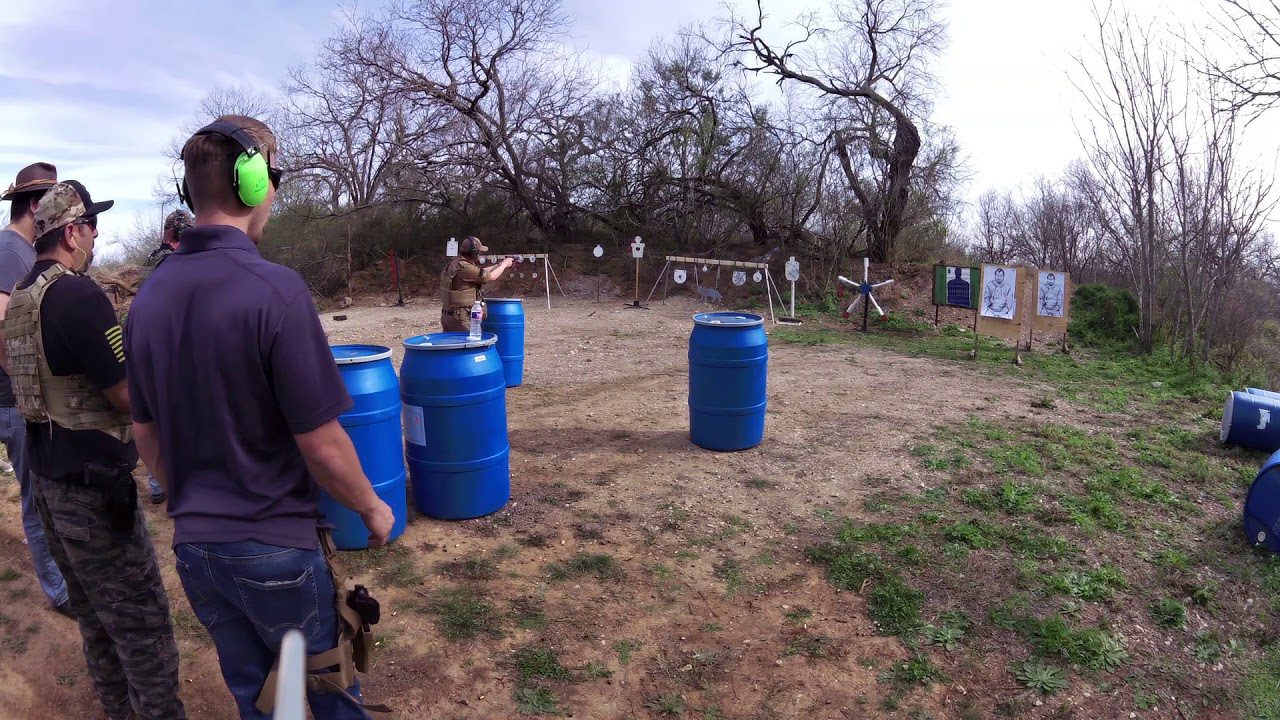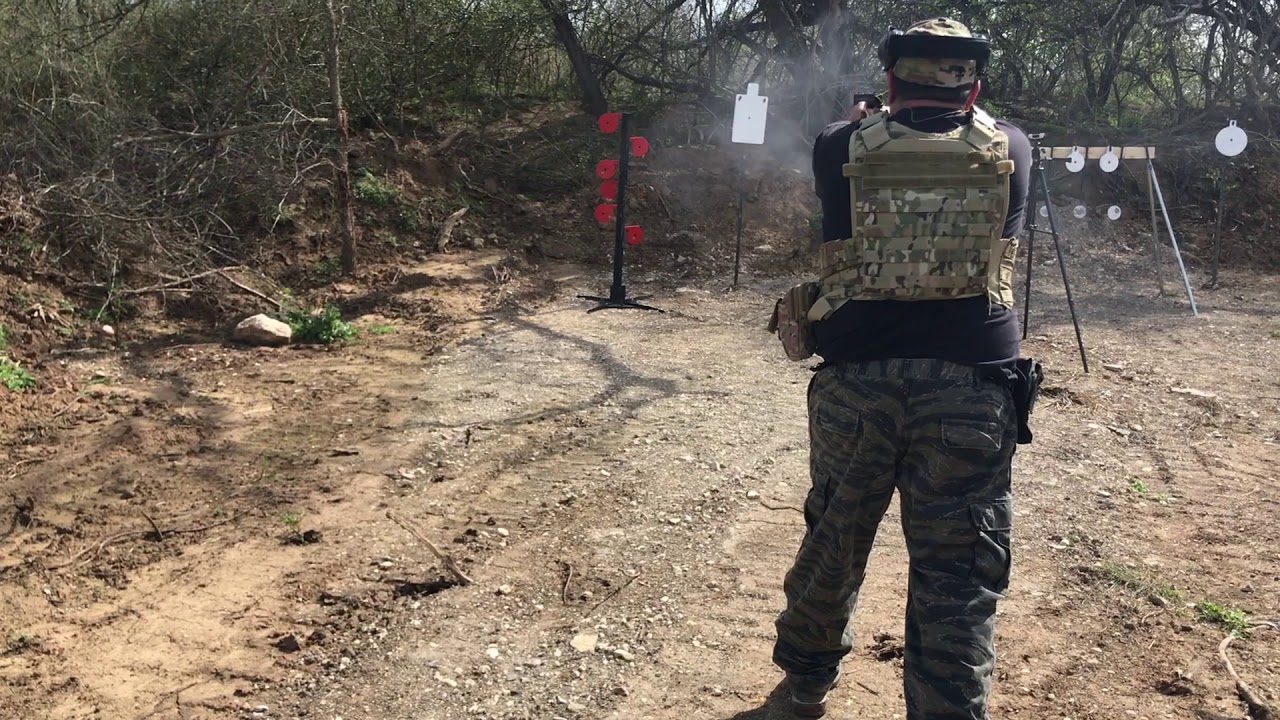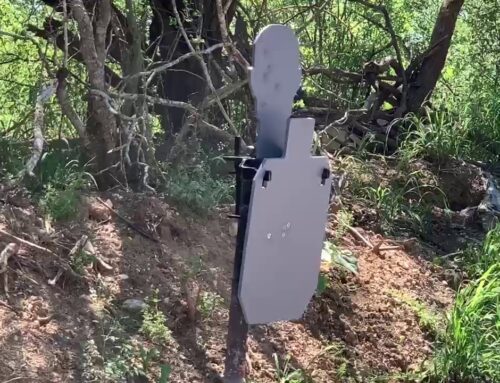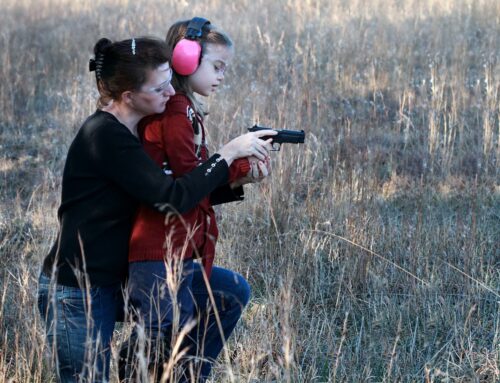Building Your DIY Shooting Range: A Step-by-Step Guide
Shooting sports offer a unique blend of skill, discipline, and excitement, making them a popular pastime for enthusiasts of all levels. If you’re looking to take your shooting experience to the next level, creating your own DIY shooting range at home can be a rewarding and convenient solution. In this step-by-step guide, we’ll walk you through the process of building a safe and functional backyard shooting range.
Step 1: Check Local Regulations
Before you start planning your DIY shooting range, it’s crucial to familiarize yourself with local laws and regulations governing firearms and shooting activities. Regulations can vary significantly from one area to another, so ensure that you comply with all relevant laws regarding shooting on your property.
Step 2: Safety First
Safety should be your top priority when building a shooting range. Here are some essential safety considerations:
Backstop:
Design a robust backstop that can effectively stop bullets and prevent them from traveling beyond the target area. A dirt mound or reinforced earthen berm is a common and effective choice.
Direction:
Ensure that your shooting area is oriented away from populated areas, roads, and structures. Never shoot towards areas where people or animals may be present.
Safety Gear:
Always wear appropriate eye and ear protection while shooting. Ensure that anyone using the range, including guests, follows the same safety guidelines.
No Alcohol or Drugs:
Establish a strict policy against alcohol and drug use while shooting. Impairment and firearms do not mix.
Step 3: Target Setup
The choice of targets can greatly affect your shooting experience. Consider the following factors when setting up your targets:
Target Type:
Choose the appropriate targets based on your shooting discipline. Steel targets, paper targets, and silhouette targets are popular options.
Target Distance:
Determine the desired shooting distance based on your skill level and the type of firearms or bows you’ll be using. Ensure there is enough space between the shooter and the target.
Target Placement:
Set up targets at different heights and angles to simulate real shooting scenarios. Ensure that targets are secure and won’t fall over from the force of impact.
Target Backing:
If using paper targets, provide a sturdy backing to prevent pass-through shots. Plywood or cardboard can serve as suitable backing materials.
Step 4: Shooting Bench and Rests
Create a comfortable and stable shooting area with the following considerations:
Shooting Bench:
Build or purchase a shooting bench that provides a stable platform for aiming and firing.
Rests:
Consider adding shooting rests or sandbags to steady your aim for precision shooting.
Step 5: Range Accessories
Enhance your shooting experience with the following range accessories:
Ammunition Storage:
Keep your ammunition stored in a secure and dry location away from the shooting area.
Cleaning Station:
Set up a cleaning station to maintain your firearms and archery equipment.
First Aid Kit:
Always have a well-stocked first aid kit on hand for emergencies.
Step 6: Range Rules and Etiquette
Establish clear range rules and etiquette for yourself and any guests who use the range. Rules should include guidelines for handling firearms safely, range hours, and how to communicate during shooting sessions.
Step 7: Maintenance and Inspections
Regularly inspect and maintain your shooting range to ensure its safety and functionality. Check targets for wear and tear, inspect the backstop for integrity, and address any safety hazards promptly.
Building your own DIY shooting range can provide a convenient and enjoyable space for honing your shooting skills. However, safety should always be your utmost concern. By following local regulations, implementing strict safety measures, and maintaining your range properly, you can create a safe and rewarding shooting environment right in your own backyard. Whether you’re an experienced shooter or just starting, a DIY shooting range can be a valuable asset for skill development and recreation.









